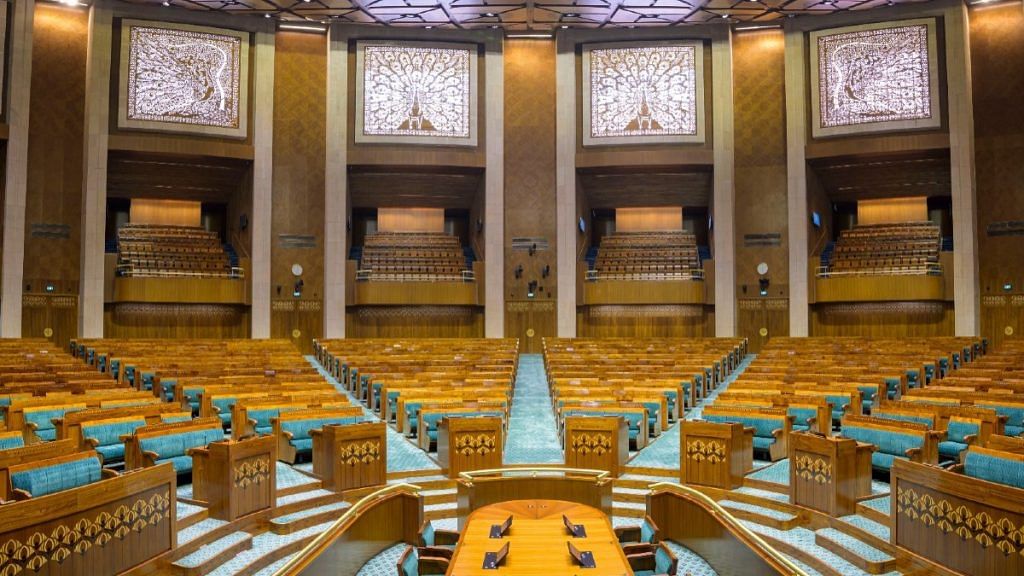New Delhi: India now has a new Parliament building, 75 years after the first one became the seat of power in the heart of the national capital.
The ceremony to inaugurate the new Parliament building started early Sunday morning. Prime Minister Narendra Modi arrived in the premises around 7.15 am and, amid the recital of devotional verses from the Thevaram invoking Shiva for blessings, installed the ‘sengol’, a gold-plated silver sceptre, next to the chair of the Speaker inside the new Lok Sabha.
“As the new building of India’s Parliament is inaugurated, our hearts and minds are filled with pride, hope and promise. May this iconic building be a cradle of empowerment, igniting dreams and nurturing them into reality. May it propel our great nation to new heights of progress,” PM Modi wrote in a tweet.
The new Parliament building, with a seating capacity of 1,272, is not only more spacious than the earlier complex but is also equipped with state of the art technical features.
Multimedia display units in front of each MP’s seat, biometrics for ease of voting, a digital language translation system and programmable microphone are among some of the high-tech features in the new Parliament building.
As the old Parliament makes way for the new, here is a look at how the new building is different from the existing one.
